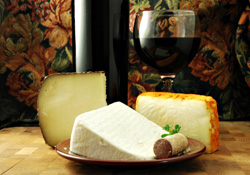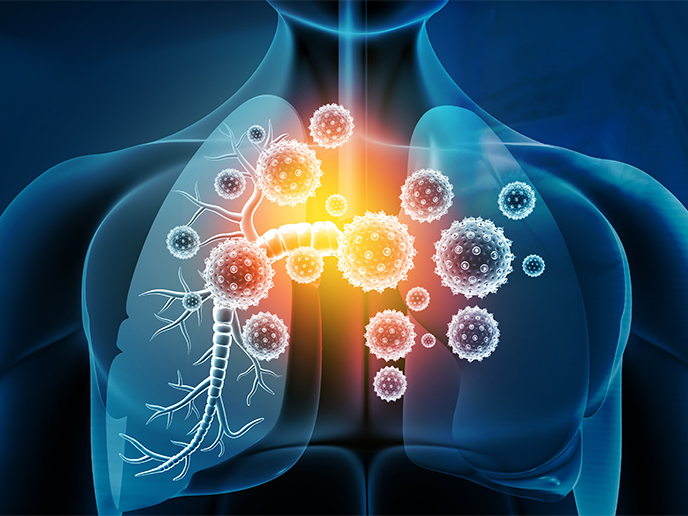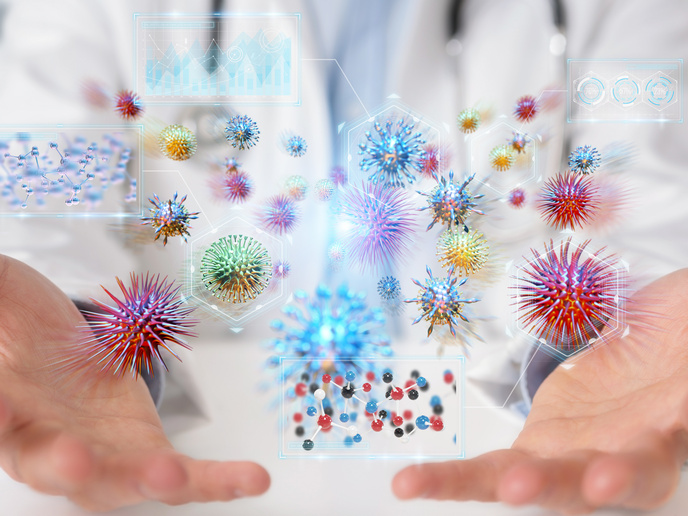Genetically engineered lactic acid bacteria
Lactic acid bacteria (LAB) are used to ferment a number of different food products, primarily dairy but also goods such as wine. The Centro de Investigaciones Biológicas of the Consejo Superior de Investigaciones Científicas (CSIC) coordinated a research project to genetically manipulate LAB. Their aim was to emphasise desirable traits while at the same time eliminating potential health threats. In the context of the project, which was funded by the LIFE QUALITY Programme, several different gene transfer methods were investigated in order to overcome obstacles associated with LAB. Considerable progress was made as CSIC generated a new strain of Lactobacillus lactis encoded with a highly beneficial citrate transport system. The work programme of the project, entitled DECARBOXYLATE, focussed on identifying expression vectors suitable for food-grade applications. For example, the genome of Lactobacillus casei was enhanced with built-in protection against the Norwalk virus, which is often associated with food poisoning. In addition, genetic manipulation for industrial purposes was also carried out. Specifically, a gene from Pediococcus parvulus that produces an exopolysaccharide, which possesses attractive prebiotic attributes, was successfully transferred to L. lactis. CSIC and its DECARBOXYLATE partners have applied for patent protection for their new discoveries.







